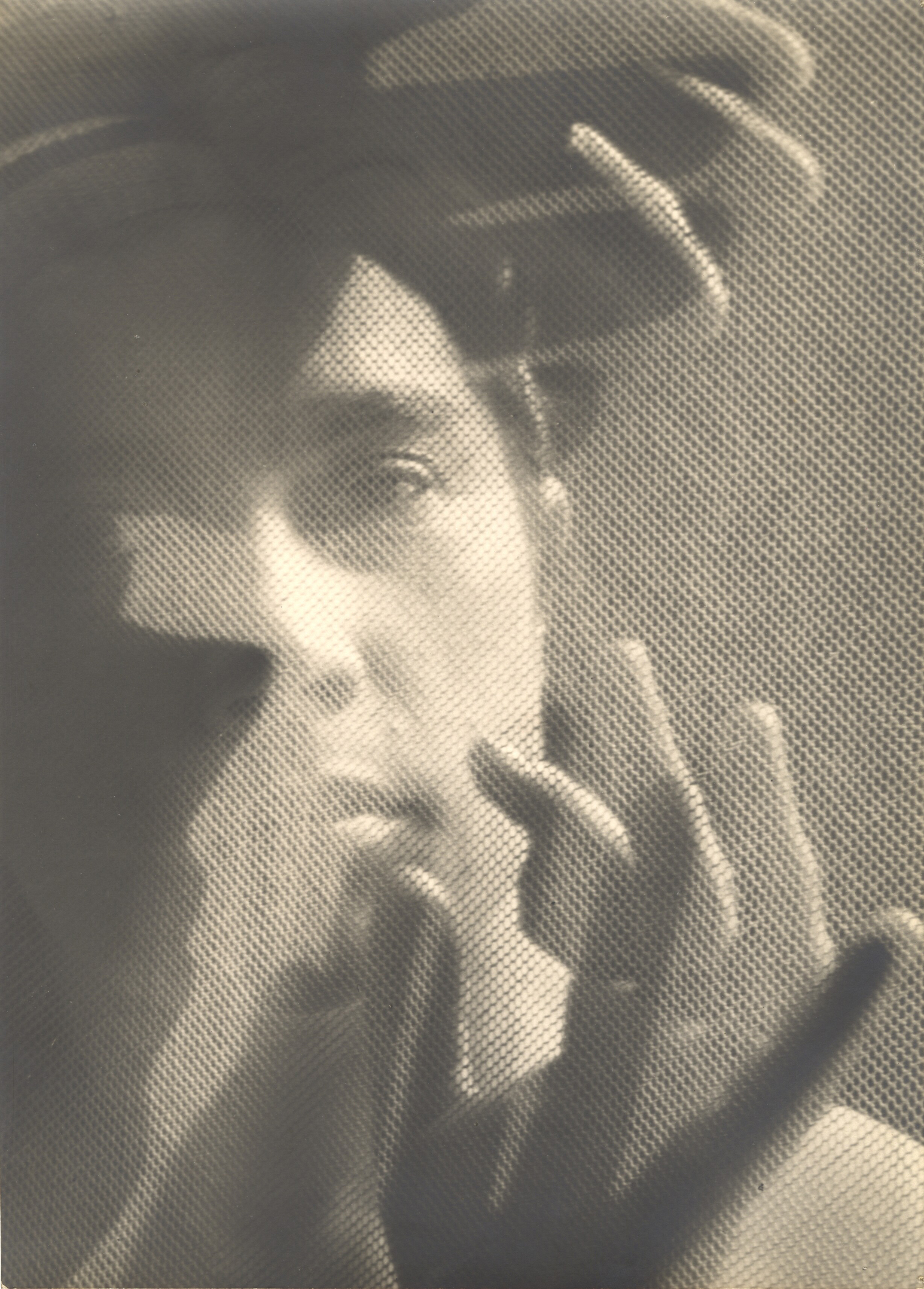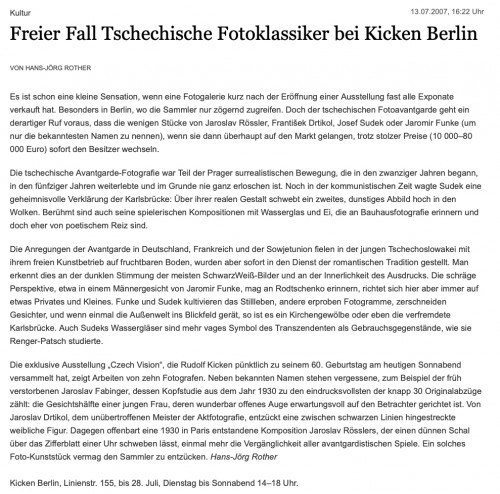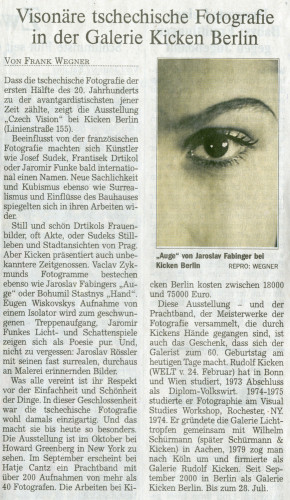Biography
Wiškovský (Czech, 1888-1964) studied French, German, and psychology at the Faculty of Arts of Charles University Prague. In 1910, after graduation, he taught at secondary schools in Prague. Alongside his profession he worked in the Czech Psychological Society (and, among other things, translated some of Sigmund Freud’s works into Czech). He was also the author of a German Czech dictionary, and he played tennis competitively. His photographic activity began at the age of 15, but he became more seriously engaged in photography in the mid-1920s, when he became friends with his former schoolmate from secondary school, Jaromír Funke. Throughout his entire life he remained an amateur photographer, but was frequently a participant in exhibitions of avant-garde photography (e.g., the exhibitions of new Czech photography in the Aventinum garret in Prague in 1931 and 1931, or the International Exhibition of Photography in the Mánes gallery in 1936). He also published original theoretical articles in which, for example, he attempted to derive the principles of photographic composition from the process of perception based on information stemming from the psychology of form.
In his own photographic work he initially reacted primarily to the impetus of the New Objectivity. In the 1930s, functionalist and constructivist influences in his work increased, later to be joined by surrealist impulses. After the rise of the Communists to power in 1948 he abandoned his public photographic activity, but he continued to create landscape photographs, snapshots of Prague architecture, and put together a cycle of work Ze Starého Židovského hřbitova v Praze (From the Old Jewish Cemetery in Prague). Independent exhibitions of Wiškovský’s work were held posthumously in Turin (1985), Brno (1988), Hradec Králové (1988), and Prague (1992).


